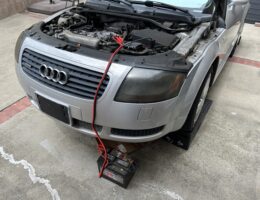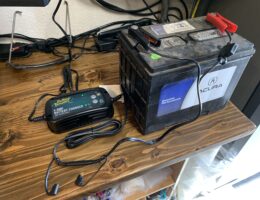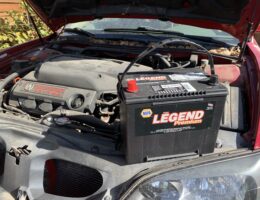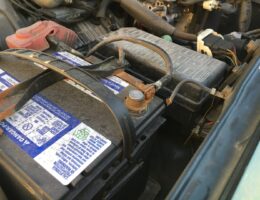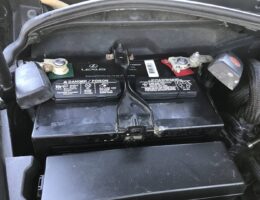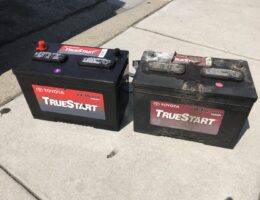Sometimes, the battery has drained down so low that you are in the single-digit voltage, or even 0 Volts. In times like these, a jump start will not be sufficient to start your car. This is because portable jump starters will have a built-in safety that won’t enable the jump starter if it doesn’t sense enough voltage on the battery that it’s connected to. Using a trickle charger also will not likely work because trickle chargers work only if your car’s battery still has sufficient voltage to start out with.
When you find yourself stranded with a dead battery, it’s crucial to know how to properly jump start your car. Aside from having a set of jumper cables in your vehicle, you’ll also need to know how to properly hook up the jumper cables in order to successfully jump start your car.
If you’ve owned your 5th generation Honda Odyssey for at least a few years now, you’ve most likely had your battery die on you. Not only are the original car batteries on these vehicles notorious for completely losing charge only after 2-3 years of use, but they tend to get drained if you happen to leave your car on (car on, but not running) for a short length time. Car batteries generally range somewhere between 2-5 years, so it seems the OEM battery on the Honda Odyssey seems to die a bit sooner than the norm.
Nowadays, especially due to the COVID-19 Pandemic, many people are working-from-home more than ever. Because of this, it is much more common occurrence to experience a dead battery at home. Here are some various ways that you can keep your car battery from dying when you’re not using your vehicle is not in use.
When I purchased my Acura CL-S from the original owner a couple years back, I continued to use the OEM battery that was installed. Since I didn’t get to drive the car much, the battery had gone dead several times already and after jumping it and recharging it so many times, I felt it was probably about time to replace the battery. Plus, it would be nice to get a battery that had some more cold-cranking amps (CCA’s) to help with cold starts.
This short cable that is broken off in the photo below is a battery ground cable. This cable should be connected between the negative terminal of the car battery and the body of the vehicle. Over time, if the battery is not securely tied down, the wire strands of the battery ground cable can fatigue and break due to constant movement. Rust and corrosion will accelerate this process. This can potentially be a safety issue and you might see some voltage issues as well.
A car battery replacement is pretty simple to do: disconnect and remove the battery, then install the new battery and reconnect the leads. Fully charged 12 volt batteries are considered fully charged with a reading of 12.6 volts or higher. If the car battery tests as anything lower than 12 volts, it is considered dead or fully depleted. I got a reading of 10.34 volts, which indicates the battery is completely discharged.
The car battery in my Toyota 4Runner recently lost its ability to hold a charge. The battery I bought 5 years ago has held up well until earlier this week where I couldn’t start my car anymore. I began to troubleshoot and eventually figured out the battery was the issue. Here’s what I did to troubleshoot and replace the car battery in my 2003 Toyota 4Runner.

